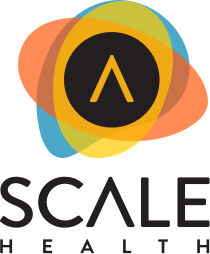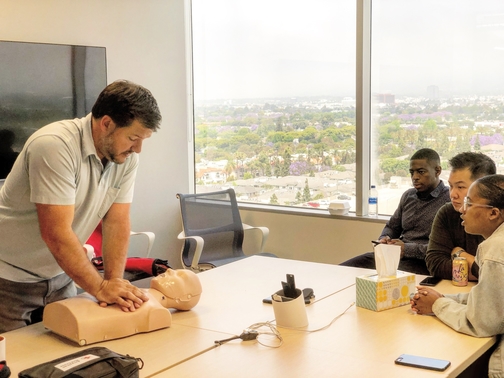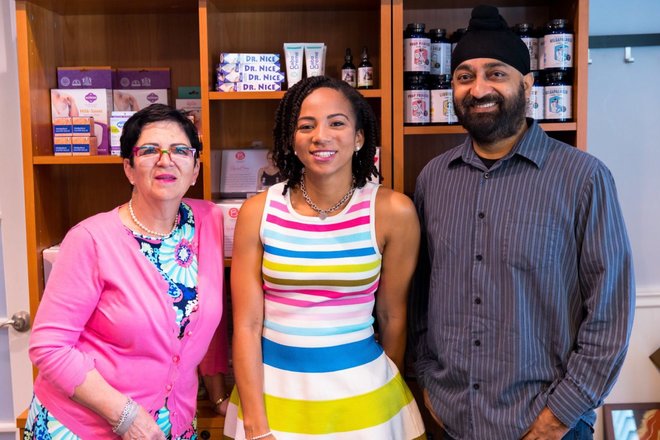When it comes to healthcare reimbursement, it’s often said that where the Center for Medicare and Medicaid Services (CMS) goes, private insurers will follow. Therefore, the 2019 introduction of three new reimbursement codes for remote patient monitoring mark a powerful change in the way healthcare will move in the next few decades.
One area of potential benefit derived from more remote patient monitoring is its potential to widen access to care. For example, rural communities often do not have access to specialists who may otherwise be available for a virtual consultation and virtual check-in. Another example involves the elderly, where routine travel to and from the office can be particularly burdensome. Not only is this useful for the patients, but clinicians and practices have the potential to increase patient load and provide more services to more patients in need.
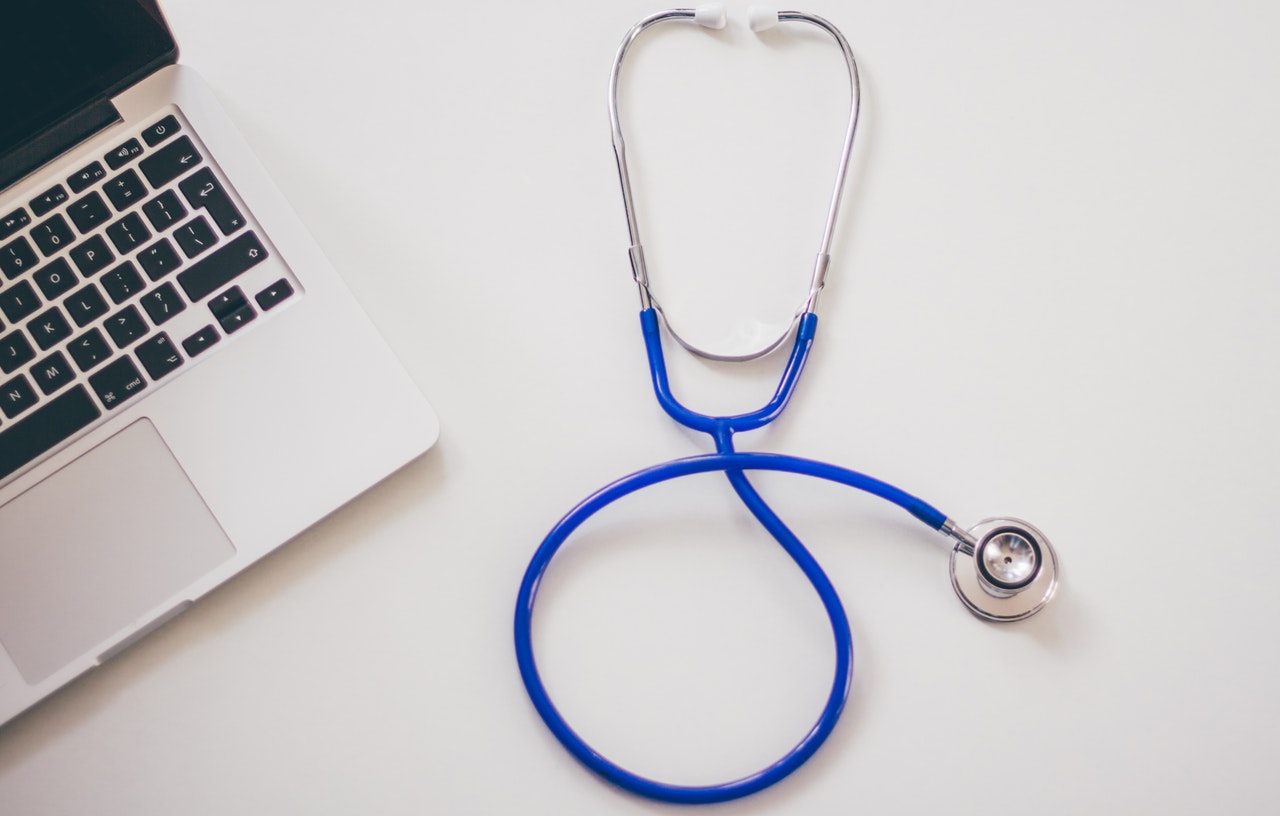
Clinicians realize that they only see their patients for brief moments at a time, spending the majority of their lives outside of their offices or off their radar. This is the heart of another major potential benefit of remote patient monitoring that is derived from new technologies aimed at health data collection from the homecare setting.
It’s not just TVs and toasters that are becoming “smart.” Medical devices and diagnostics are increasingly joining the realm of internet-of-things, or IoT, for real-time and routine data collection tasks. The electronics and data processing capabilities have become so advanced that devices can be inexpensively miniaturized into nearly every product and analyzed in seemingly endless cloud storage environments.
One of the most apparent places this is happening is at the confluence of consumer wellness and health. While 23andMe has moved into FDA-approved genetic testing, Fitbits and Apple Watches are also now being used by life insurers and cardiologists alike. And their entrance into the healthcare space is arguably part of a growing movement towards consumer-centric healthcare.
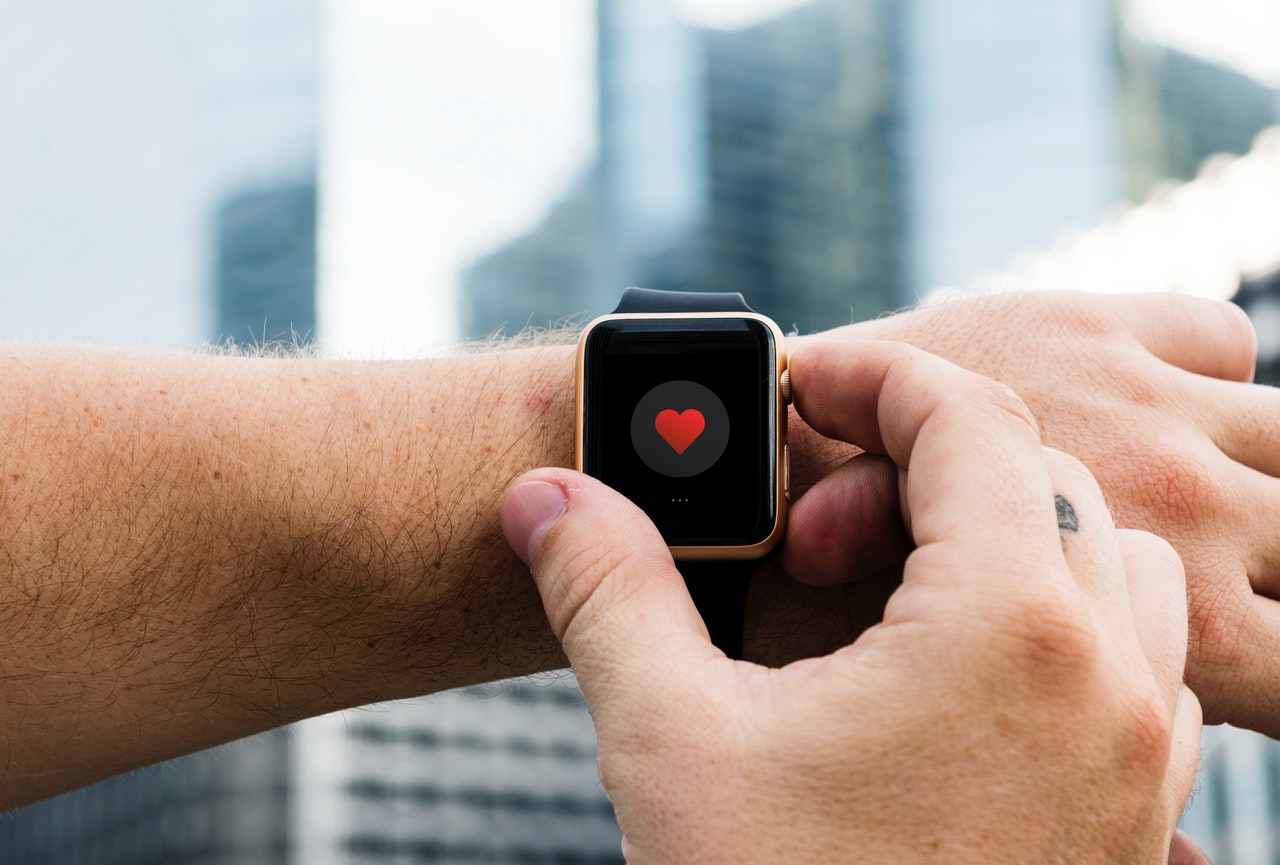
Individuals increasingly want access to their own health data. With this self-empowerment comes an urge to manage more of their own health where they can. Therefore, the lines between consumer-health and doctor-prescribed-health are blurring, as smart scales and smart blood pressure monitors are flooding personal health logs with tremendous health trend data that will become a trove for better predictions and better chronic disease management.
While consumers are quick to try self-tracking devices, it is these latter devices that are increasingly catching the attention of traditional clinicians and payors. Their drive to provide more value-based care is pushing the need for higher fidelity data collected from the home to better stratify patient risk, monitor the effectiveness of therapies, and better predict patient outcomes to improve care while lowering costs.
Collecting more health data, however, is only one side of the coin. Driving better outcomes requires the intelligent use of that health data. Therefore, a slew of AI and machine learning innovations are tackling challenges in everything from managing insurance risk to predicting surgical outcomes to preventative care management. You name it, it’s infiltrating every line of practice. In fact, Google’s DeepMind recently demonstrated the ability to better predict acute kidney injury, a major source of morbidity and mortality, in hospital settings.
But unlike traditional tech innovations, healthcare presents unique challenges when integrating new technologies and new ways of managing patient care. Some, like regulatory hurdles, are more obvious. Others, such as clinician incentives, are less so. For example, a novel product may cut back on the number of required patient visits per year. While that may seem like a positive thing, fewer physician billing codes may introduce confronting negative incentives that slow down adoption to what should otherwise be a better solution.
This is where new reimbursement codes come into play. Incentives for extending reimbursement to more remote patient monitoring services can better align all players. Patients receive better care with more convenience, physicians can increase patient load with better aligned financial incentives, and the more routine access to preventative care management and early diagnosis will decrease overall healthcare costs from more efficient and improved delivery of care.
With some a complex path to market, medical technologies thrive best at intersections of high technology, medical research facilities, and forward-looking healthcare systems.
Enter, Los Angeles.

LA has grown its stature as a diverse hub of technology and innovation in the last decade. Part of that diversity is a growth in healthcare-related startup companies. This shouldn’t be a surprise. Major health centers around the country are looking for innovation in care management, but as the second largest metropolitan area in the country the scale of healthcare challenges in LA are amplified. LA has a front-row seat to the shifting healthcare ecosystem and is well positioned, through its widespread access to top hospitals, clinicians, engineers, and research centers, to accelerate the industry.
A great example of the efforts to develop a home-grown network of health-related startups is Howard Xu’s Biostart program at Cal State LA and the university’s new up-and-coming bioscience incubator. And across the city, USC’s partnership with the Children’s Hospital of LA, Cedars Sinai’s on-site accelerator program, UCLA’s Magnify incubator and ongoing Medical Device Partnering Conference, and ScaleLA as a central hub all come together to make LA an engine of healthcare innovation.
LA is smartly building a foundation for startup innovation in health and is positioned well to capitalize on new opportunities such as remote patient monitoring. Both will be exciting areas to watch unfold.
Author Bio
Brian Bender, PhD is a biomedical engineer and cofounder of Intake Health.


